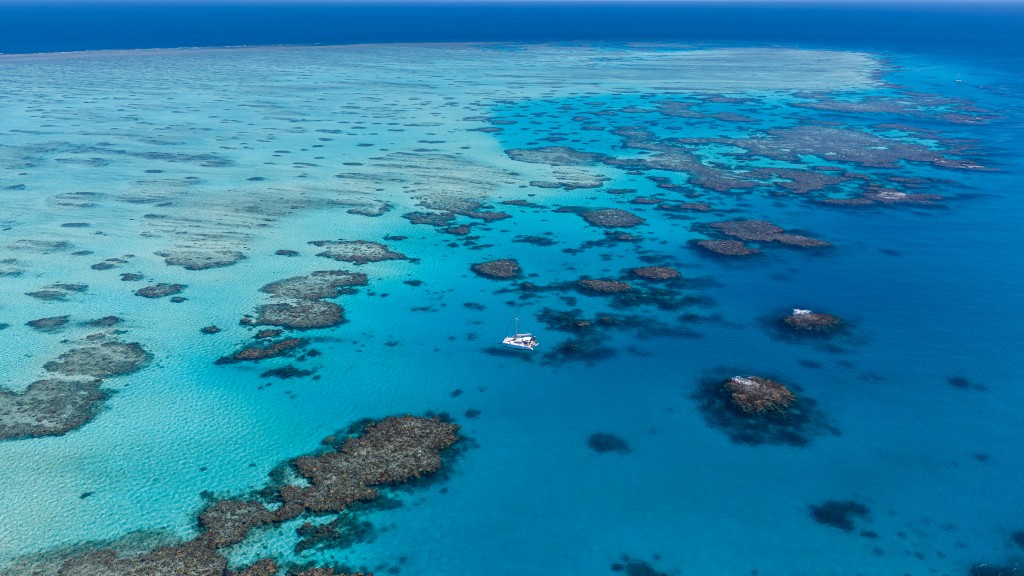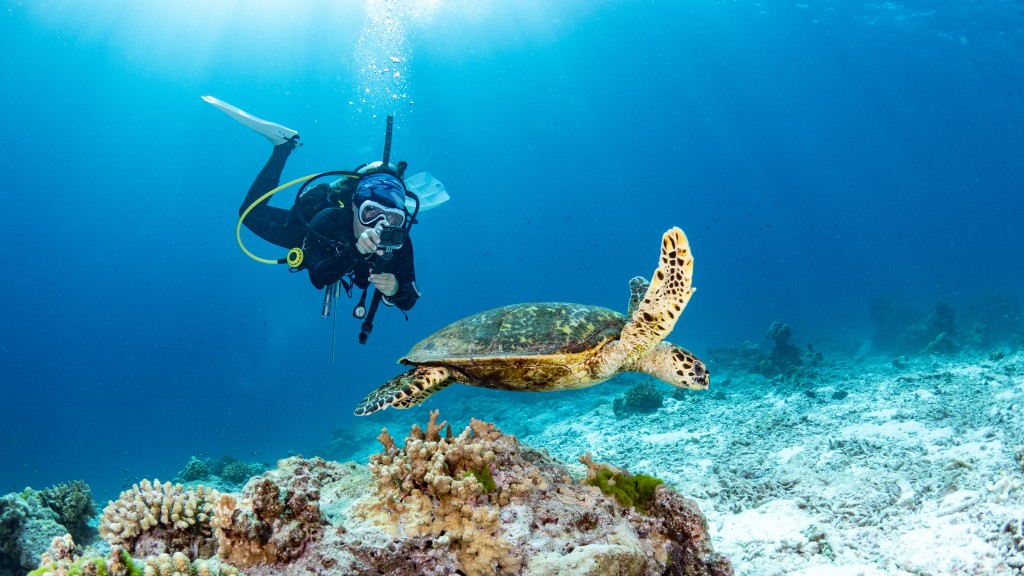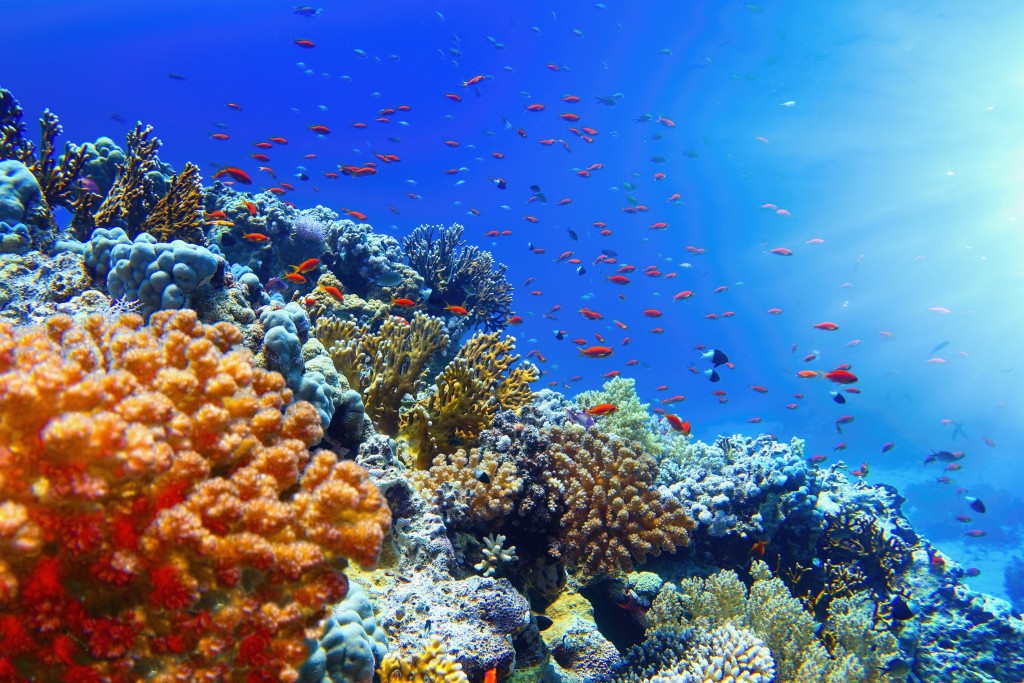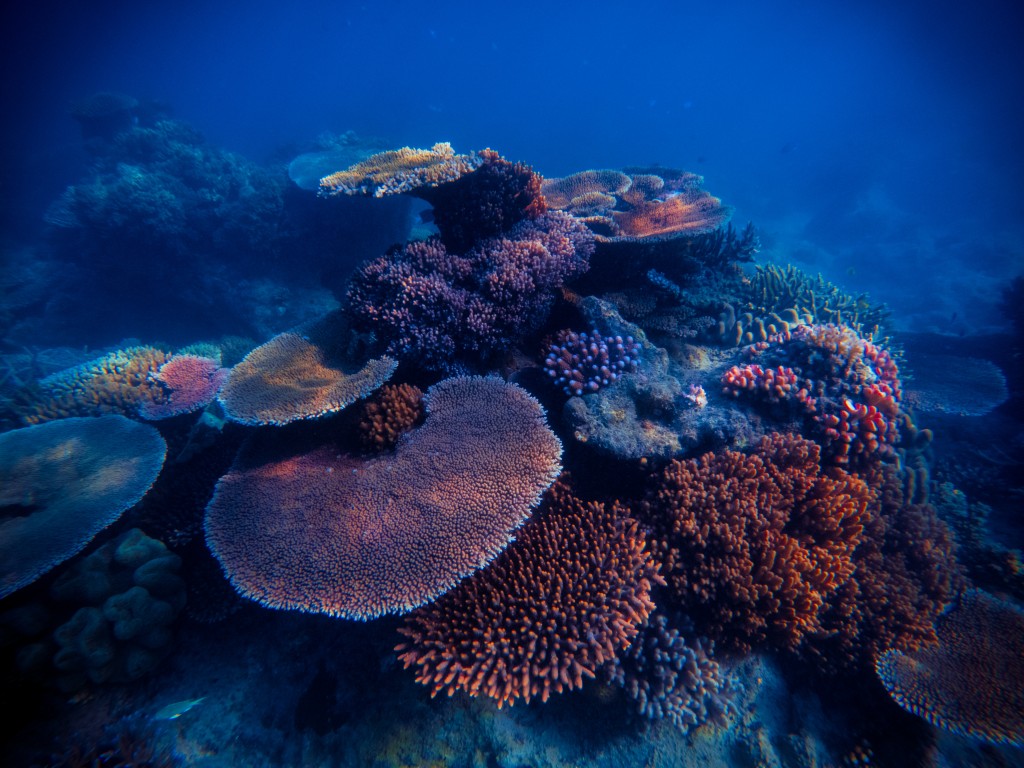Size and Location
- It’s the world’s largest coral reef system.
- It stretches over 2,300 kilometers along the northeastern coast of Queensland, Australia.
- From the tip of Cape York Peninsula to Bundaberg
- It covers an area of approximately 344,400 square kilometers.
- The reef can be seen from outer space.
- The Great Barrier Reef is a UNESCO World Heritage site, recognized for its natural beauty and scientific importance.


Significance:
- It’s a major tourist destination, attracting millions of visitors each year from all over the world.
- It’s also an economic powerhouse, contributing to the Australian economy in the billions and providing thousands of jobs.
- The reef is a crucial part of Australia’s national identity and is inextricably linked to the heritage of Australia’s First Nations peoples.
- It’s a Marine Park and World Heritage Area, supporting a range of commercial activities.
Biodiversity
- Home to an estimated 2,600 species of fish, 600 types of corals, and 120-year-old giant clams.
- It’s a haven for a vast array of marine life, including sponges, anemones, worms, snails, lobsters, crayfish, prawns, jellyfish, and various types of birds.
- It supports a diverse range of marine and coral species, making it one of the most unique and complex ecosystems in the world.
- The reef is home to over 9,000 known species.
- It provides habitat for about 25% of the world’s fish.


Formation and History:
- The reef has been forming over millions of years from the skeletons of countless tiny corals.
- It has moved and morphed over the years and was first encountered by humans 40,000 years ago, by Aboriginal and Torress Strait Islander.
- The most modern form of the reef is only 8,000 years old, having developed after the last ice age began to recede and water levels and temperatures rapidly changed.
- The reef is a relatively young geological feature, dating back about 500,000 years.